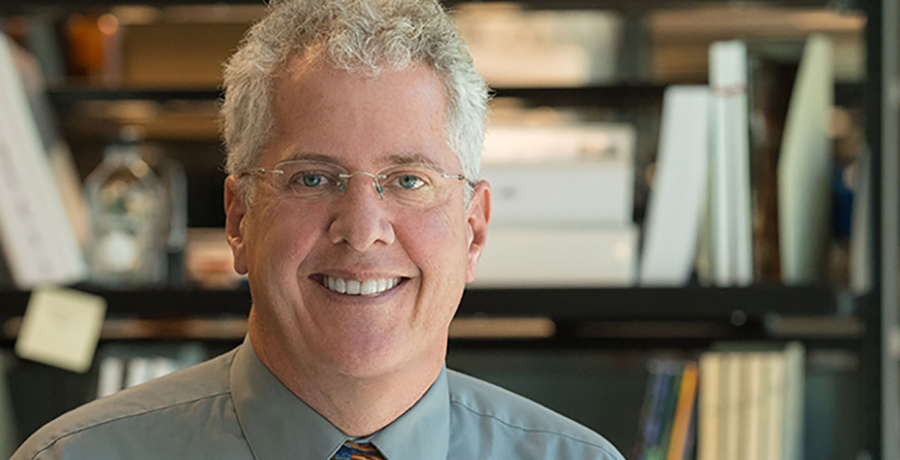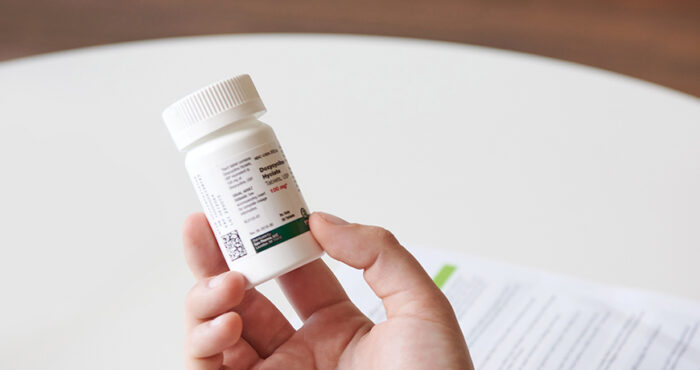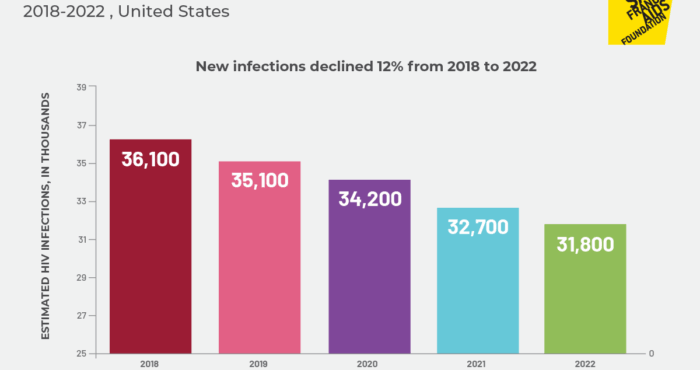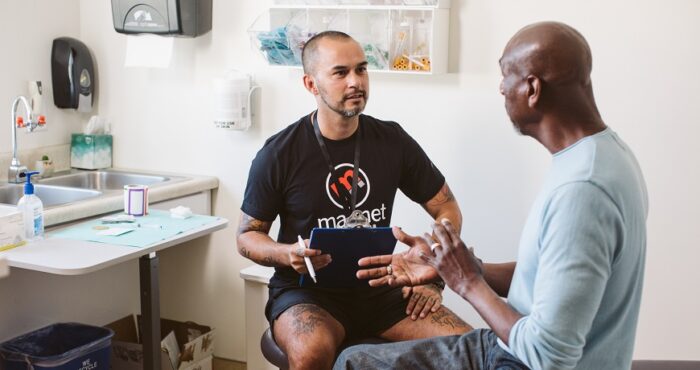Dr. Robert Grant: What Does Ipergay Tell Us About PrEP and ‘Seasons of Risk’?

Much-anticipated efficacy results from a French study of intermittent PrEP were announced at the 2015 Conference on Retroviruses and Opportunistic Infections (CROI) at the end of February. Although PrEP experts do not have enough information from this relatively small study of men to advise or recommend intermittent PrEP use, Ipergay does add to clinical knowledge about one important issue: how to stop using PrEP if it’s no longer needed.

Robert Grant, MD, of the Gladstone Institutes and the University of California at San Francisco, is excited to discuss the implications of the Ipergay study, which he says will be even more exciting and relevant when the discussion includes informed PrEP users who are ultimately in charge of how PrEP is used. At this point, he’s focusing on one implication of Ipergay relevant to men now taking PrEP.
“We know that people go in and out of seasons of risk—times when they’re more likely to be exposed to HIV. Seasons of risk can start with the end of a long term relationship, the beginning of a new sexual practice, immigration to a new city, or some other change in situation—such as going on a cruise. Perhaps sex happens on the cruise—but then the cruise ends and the party ends. And people want to know, how do you stop PrEP, if you are no longer at risk?”
Previous PrEP use does not offer ongoing protection for future risk events once it’s stopped—PrEP is not a vaccine. For people who wish to stop PrEP because they no longer anticipate being exposed to HIV—who are currently taking daily PrEP—PrEP should continue until after the last possible exposure to HIV. Until now, it wasn’t known how much longer PrEP needed to be taken to ensure the last HIV exposure didn’t result in infection.
Previous recommendations for stopping PrEP called for an additional 28 days of PrEP use after the last possible HIV exposure through sex. This is equivalent to the length of dosing needed for effective post-exposure prophylaxis (PEP)—when HIV medications are started to prevent infection only after an exposure event.
But, according to Grant, “That may be more than what’s needed. Two doses after a potential exposure to HIV appears to provide substantial protection in the Ipergay study if men were taking PrEP before the exposure.”
In the Ipergay study, participants were instructed to take two tablets of Truvada two to 24 hours before sex, one Truvada tablet 24 hours after sex, and then one final Truvada tablet 48 hours after sex, amounting to four tablets over three days surrounding the sex episode. If sex occurred over multiple days, Truvada was taken daily until the last sex episode, then was followed by the two final doses afterwards.
“If someone’s in a position where they’re sure their risk of exposure to HIV has ended, they do not need to keep taking PrEP indefinitely. The Ipergay results suggest that they can stop after taking 2 doses over 2 days after the last sexual exposure, as long as they have been taking PrEP before sex, preferably for at least 7 days.”
He cautions against stopping PrEP too early. “We saw this in iPrEX, PROUD, and Ipergay. Indeed, nearly all of the seroconversions that occurred among people who received PrEP occurred months after the person stopped taking PrEP. I think that many people want PrEP to feel safer. They start PrEP and feel safer right away, or experience a side effect—which is more common in the first few weeks—so they stop. I encourage people to stay on PrEP for at least a month to see what side effects will persist, if any. Still better is to stay on PrEP for at least 6 months, because that time is usually what is needed to see if sex or relationships will change in the long term.”
Grant offers additional cautions. These new findings apply only to men who have sex with men, because the Ipergay study did not include women. For women using PrEP to ward against vaginal HIV exposure, the CDC recommends 20 daily doses before the highest level of protection is achieved. Results from a study of intermittent PrEP among women in South Africa, called HPTN 067, led by Grant with his South African colleague Linda-Gail Bekker, were also presented at CROI 2015. The HPTN 067 study in women favored daily dosing: women were more adherent and had better PrEP coverage around the times of sex with daily use compared to intermittent use.
Grant still recommends daily dosing for all people now taking PrEP. “Taking two doses before and after sex is better than nothing—although we cannot be sure that this amount of PrEP use is as good as daily dosing. Taking PrEP every day provides the highest level of protection, the most forgiveness for occasional missed doses, and fosters good daily habits,” he explains. “Plus, taking PrEP daily spares you from having to worry every day about whether you should take a pill or not.”
This new information about stopping PrEP may, as an added benefit, increase the acceptability of PrEP, according to Grant.
“People may be hesitant to start a medication if there’s no clear way to stop it. But now we know more about how to start and stop PrEP. As a gay man, if you were taking PrEP daily for seven or more days before the exposure, the success of the Ipergay study suggests that you can stop with just two doses after the last exposure. Testing for HIV before restarting PrEP is important, especially if there has been any anal or vaginal intercourse after stopping PrEP. Also, people who are restarting PrEP will need 7 to 20 days of daily dosing to get back to the highest level of protection.”
Editor’s note, July 2019: Since the time this article was published, additional research has added to the body of evidence supporting intermittent PrEP, or “PrEP 2-1-1,” as an effective way to take PrEP for people having anal sex. Read the research supporting PrEP 2-1-1 for additional information and get answers to your questions with this Q&A.
If you’re interested in starting PrEP 2-1-1 or receiving PrEP services at San Francisco AIDS Foundation, make an appointment.
Queer and trans people of color are welcome to stop in to access PrEP services and other sexual health services on Thursday evenings, 5 – 6 pm at Strut (470 Castro Street, San Francisco) at QTPOC at Strut events.
—
San Francisco AIDS Foundation receives funding from corporate partners including those in the pharmaceutical industry. Editorial decisions on our blog and website are made independently. For more information about SFAF funding, please refer to our financial and tax documents.










